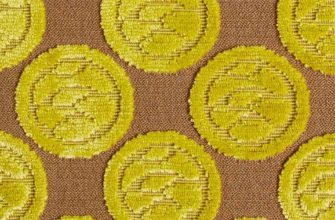There is no driver who doesn't care about his treasure - the car. Sometimes many disputes in families arise precisely because of it - the home wrecker and helper in one person.
A favorite car is worth a lot - expensive accessories, time, and money.
There comes a time when it needs to be "spruced up", the interior appearance becomes gloomy, dull, and the ceiling is even better - it wants to go on a cruise around the Mediterranean. In this case, the car enthusiast begins to wonder how and what can please the interior, what fabric for the car ceiling is better to choose.
The automotive world is full of various accessories and a wide range, where everyone will find a suitable material for upholstery.
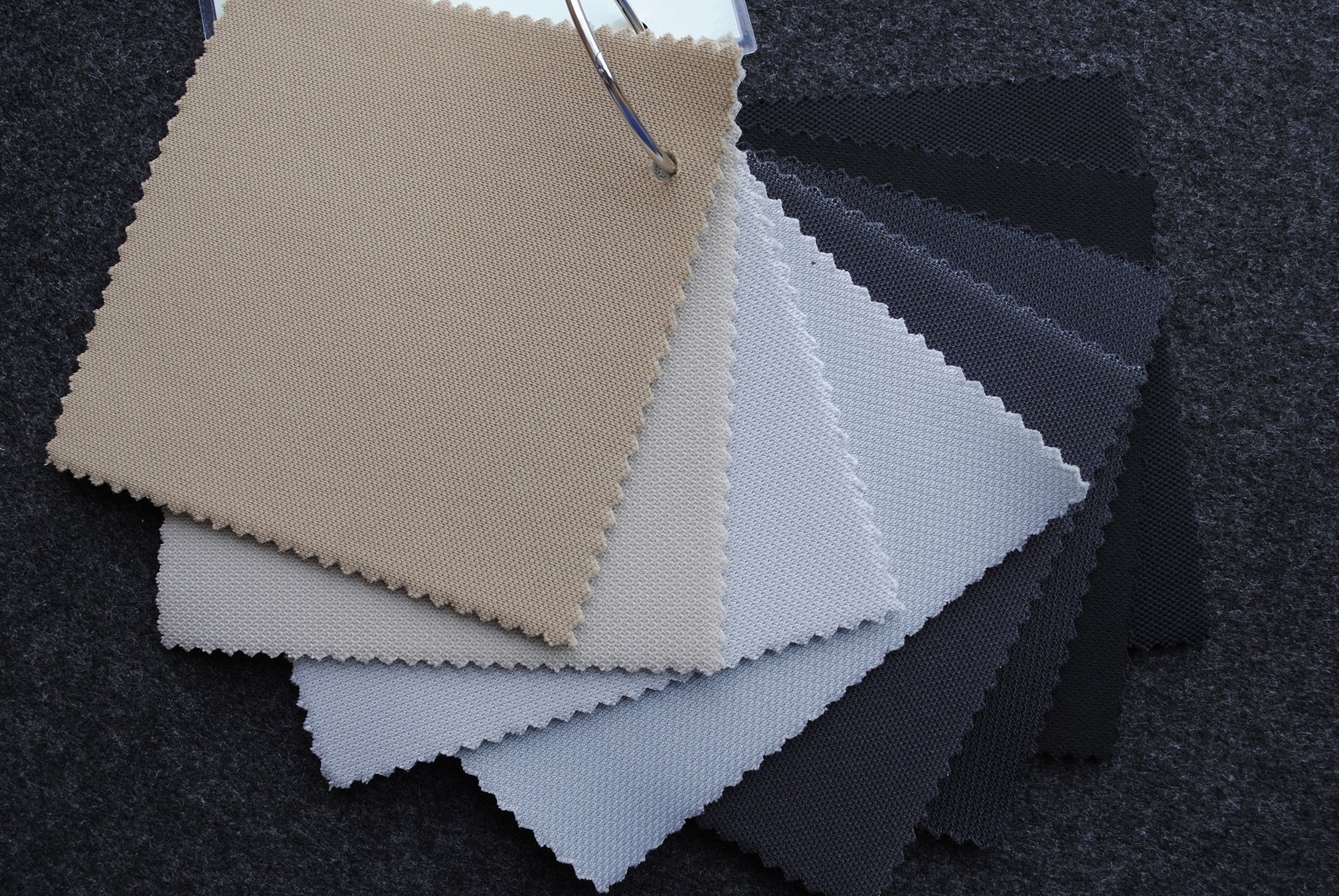
Requirements for car ceiling fabrics
- The material must be durable to last longer under daily and sometimes extreme use.
- It is not recommended to use bright colours, as they can distract the driver in a difficult traffic situation, getting into the field of peripheral vision.
- It is better to choose a material that is intended specifically for car upholstery.
Selection of material
The choice of material for ceiling re-upholstery is so great, in particular in the price category, in the palette, in the texture, etc. But the craftsmen pay attention to the most common materials - leather, substitute, carpet, flock, Alcantara, etc.
Automotive leather
The stretch ceiling can be made of any material. One of the most representative is genuine leather. For example, a black stretch ceiling in combination with a salon in the same tone will make the car more elegant, bring it closer to the luxury class.

Automotive leather is a great option for upholstery, as this natural component is practically not subject to deformation. However, the cost of such material is quite high.
Leather production has an impact on the environment because not all materials end up in the leather during the production process. Also, when leather is disposed of, the product becomes waste.
Eco-leather
Eco-leather is made from natural fibers such as linen or cotton, mixed with palm, corn, soybean and other vegetable oils, which are laminated together in several layers to create something similar to real leather.

Eco-leather is not a toxic material, which allows you to avoid unpleasant odors during operation, and thanks to the porous structure, it allows air to pass through well. In addition, eco-leather as a fabric for a car ceiling is absolutely hypoallergenic and has high thermoregulation, which means that the furniture will not heat up much under direct sunlight, and will not freeze in the cold.
Important! Externally, leather and eco-leather are very similar to each other. However, unlike genuine leather, eco-leather has the same thickness, even color and texture.
Alcantara
Natural fabric for car ceiling upholstery. Its fibers are obtained from animal or plant raw materials. Fabrics made of natural fiber are antistatic and very comfortable. With proper care, the fabric is resistant to various "finishing" treatments.
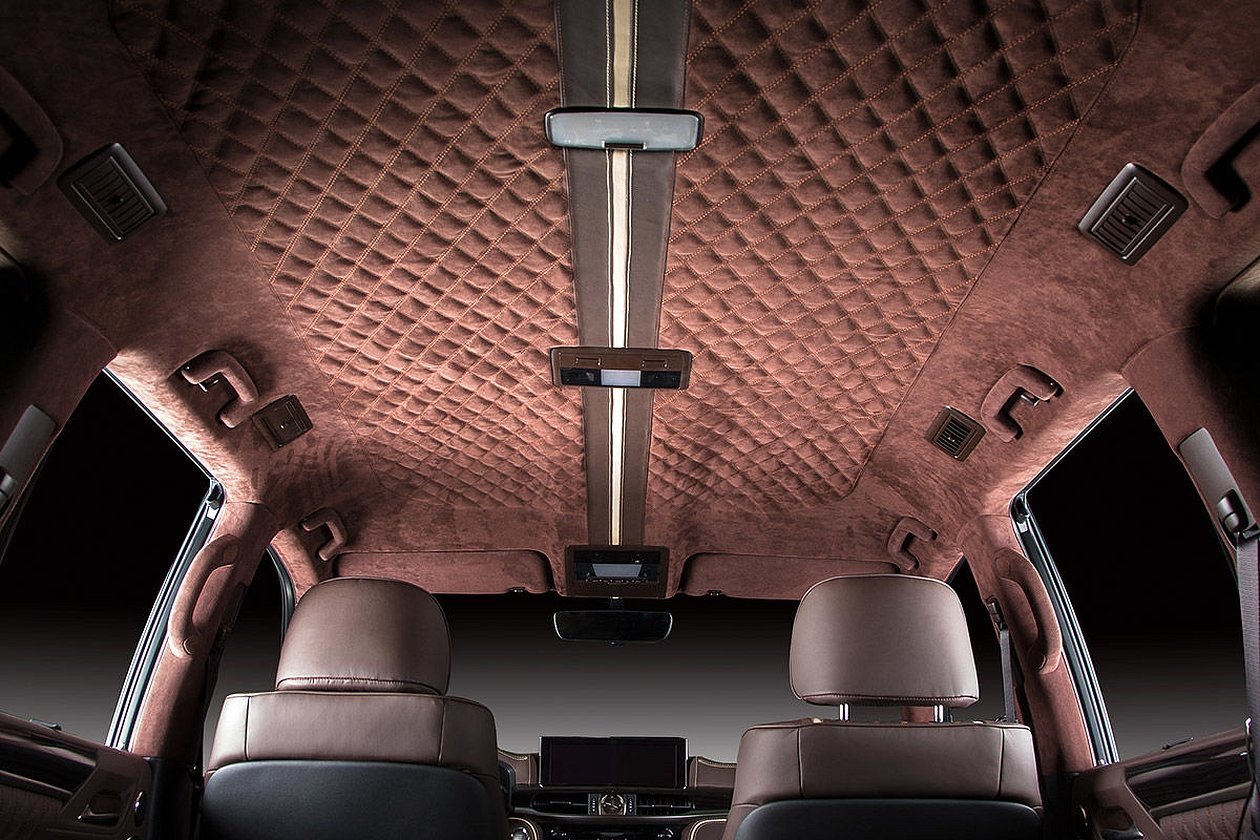
Attention! Alcantara is the only original ultra-microfiber fabric.
Alcantara is strong, beautiful, soft, versatile, and incredibly durable when made correctly. There is no imitation suede on the market quite like Alcantara. Alcantara is a non-woven fabric. The fabric is not woven, but made by felting the fibers of the fabric into a tightly woven, tightly woven fiber. This manufacturing method is what makes Alcantara so durable. The polyester fibers give the fabric its strength and durability, while the polyurethane gives the fabric its softness.
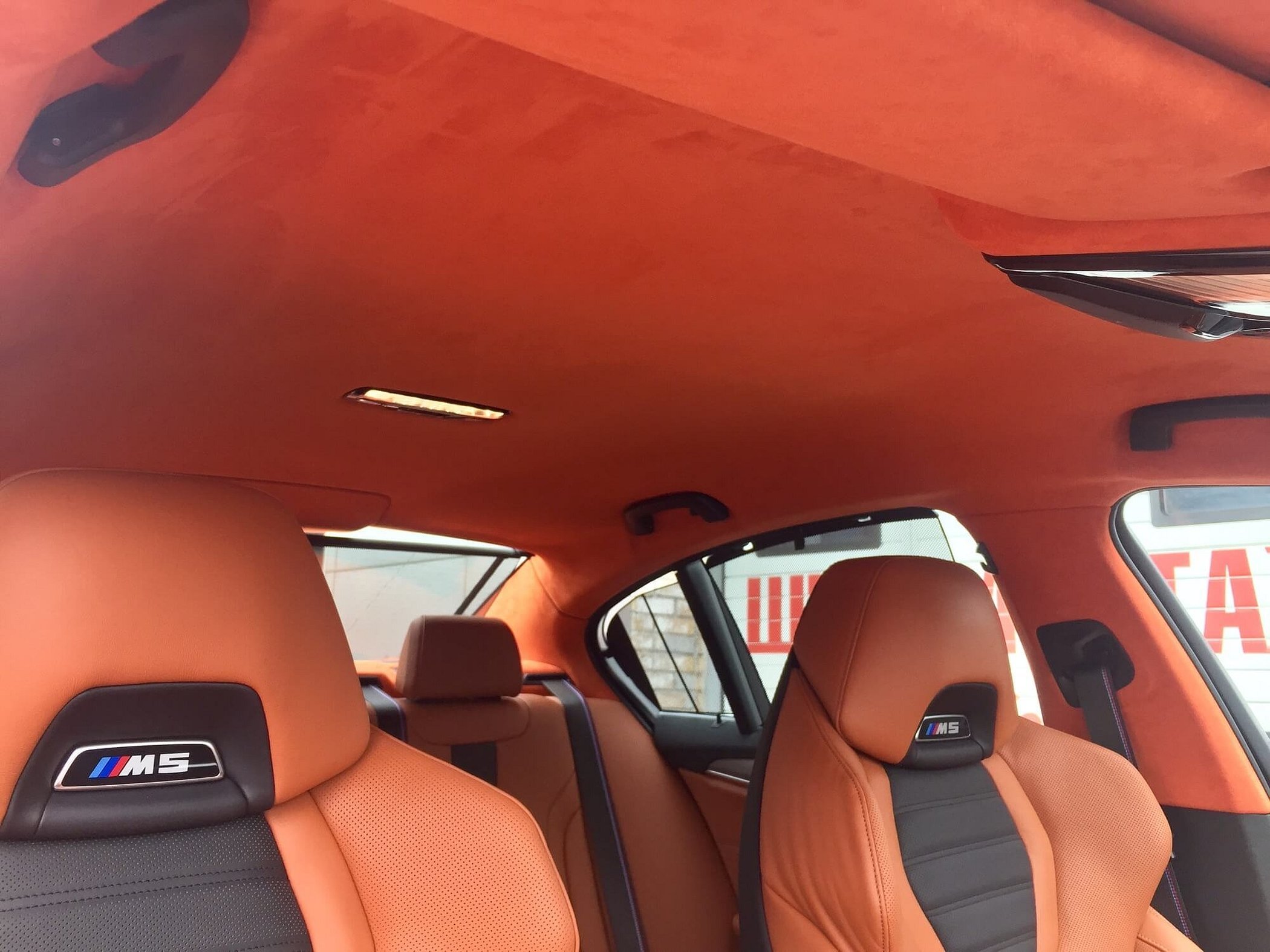
Flock
Flock resembles velour due to its external features and tactile sensations. The modern fiber has a foam rubber backing.

For its production the following is required:
- polyester and polyamide;
- cotton;
- wool;
- viscose.
Important! The most common is a mixture of many materials, in which the largest percentage is synthetic fabrics. Natural cotton or viscose are not durable, so they are used only for decoration.
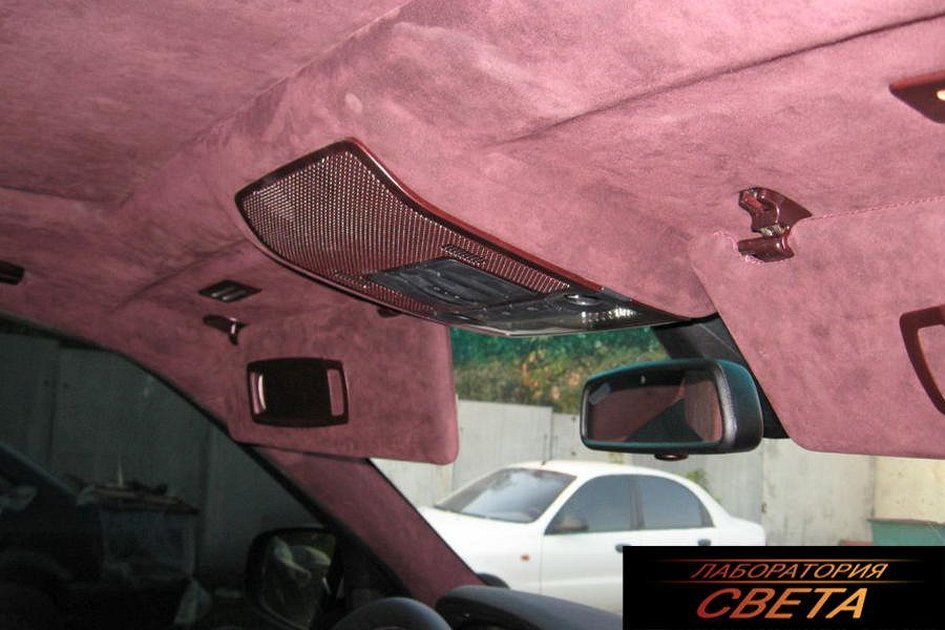
Flock has positive properties:
- Not prone to snagging.
- Strong and durable, not subject to stretching.
- Resistant to water.
- It has a wide variety of color shades and texture solutions.
- The color of the upholstery does not fade if there is no direct sunlight.
- Maintenance is not burdensome, and the price is affordable for the average consumer.
Carpet
Carpet or "carpet" is a material that has a wonderful, soft texture. It is durable, does not tear, has high soundproofing properties. It is very easy to "make up" a car, even with PVA. It can be used to re-upholster not only the ceiling, but also other parts.
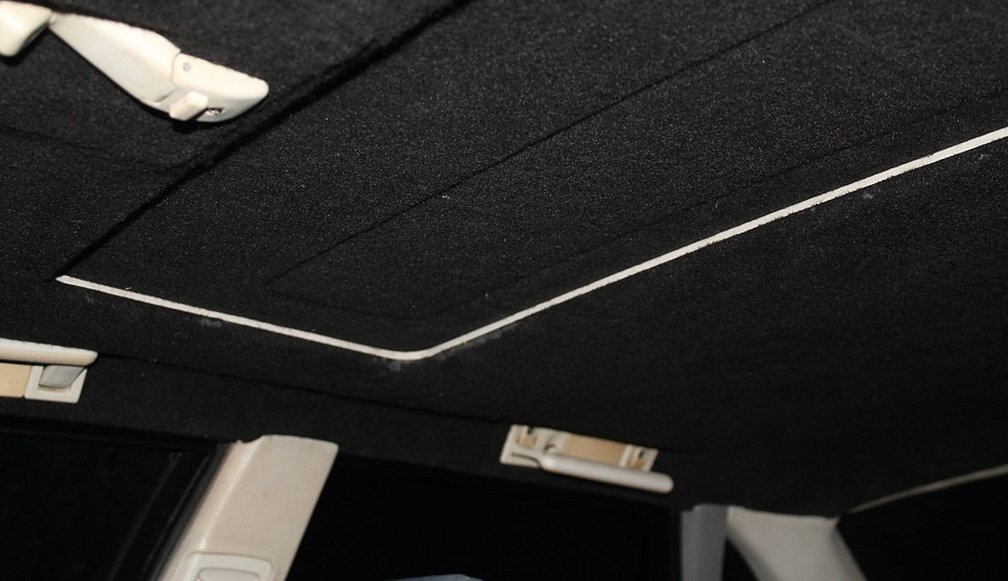
Velours
Velour is often used for upholstery of car ceilings. This fabric has good elasticity, and for cars they produce velour with a foam base, on which a white mesh is applied. This ensures the strength of the fabric and the absence of glue impregnation when upholstering the ceiling. Due to its elasticity, the fabric can perfectly maintain the shape of the car ceiling.
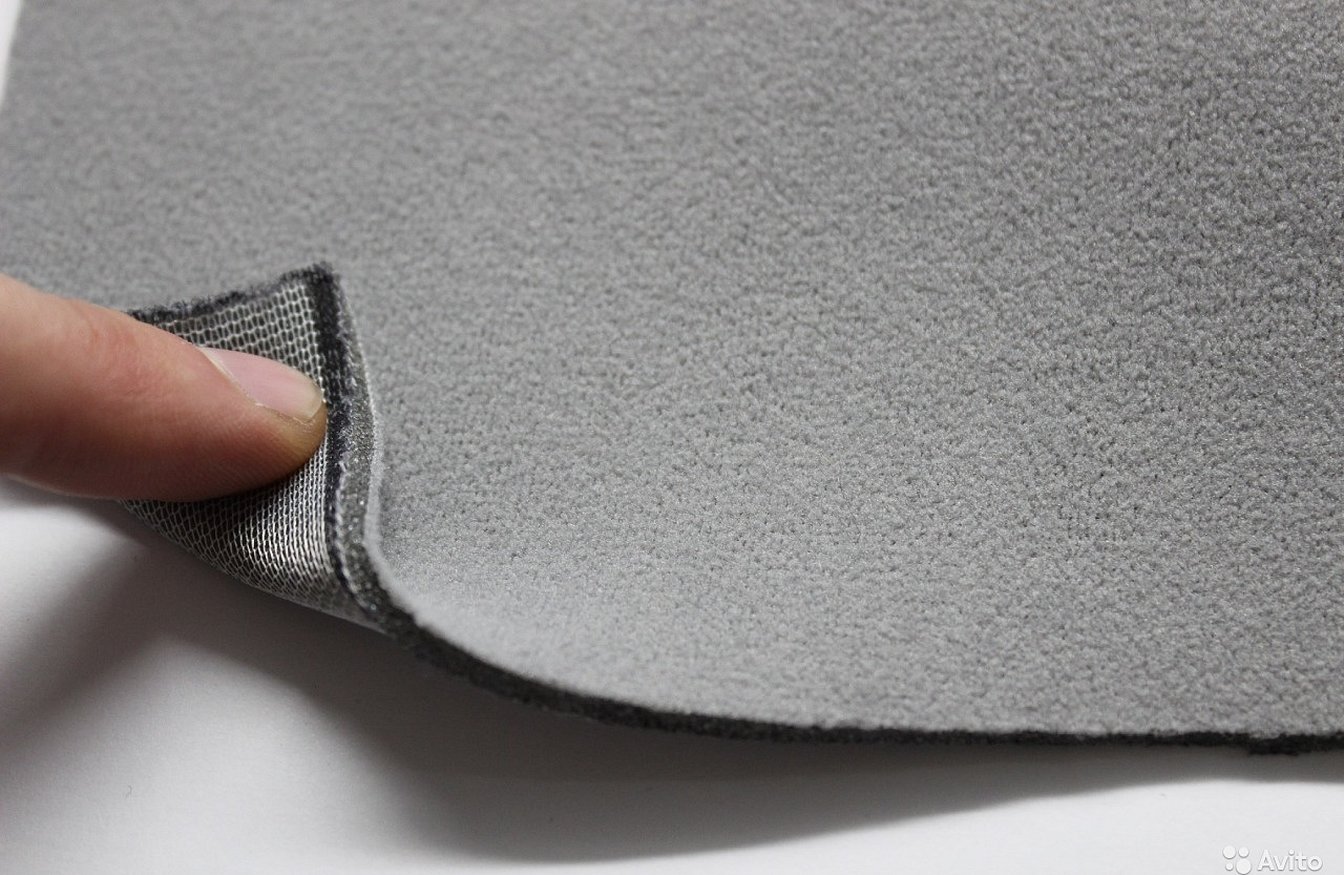
The velour itself is very dense on the front side. At the same time, a car with a velour ceiling will definitely be protected from chemical contamination, since velour is environmentally friendly, and it also has the following properties:
- Strength.
- Softness.
- Elasticity.
- Resistant to dirt and easy to care for.
- Durability.
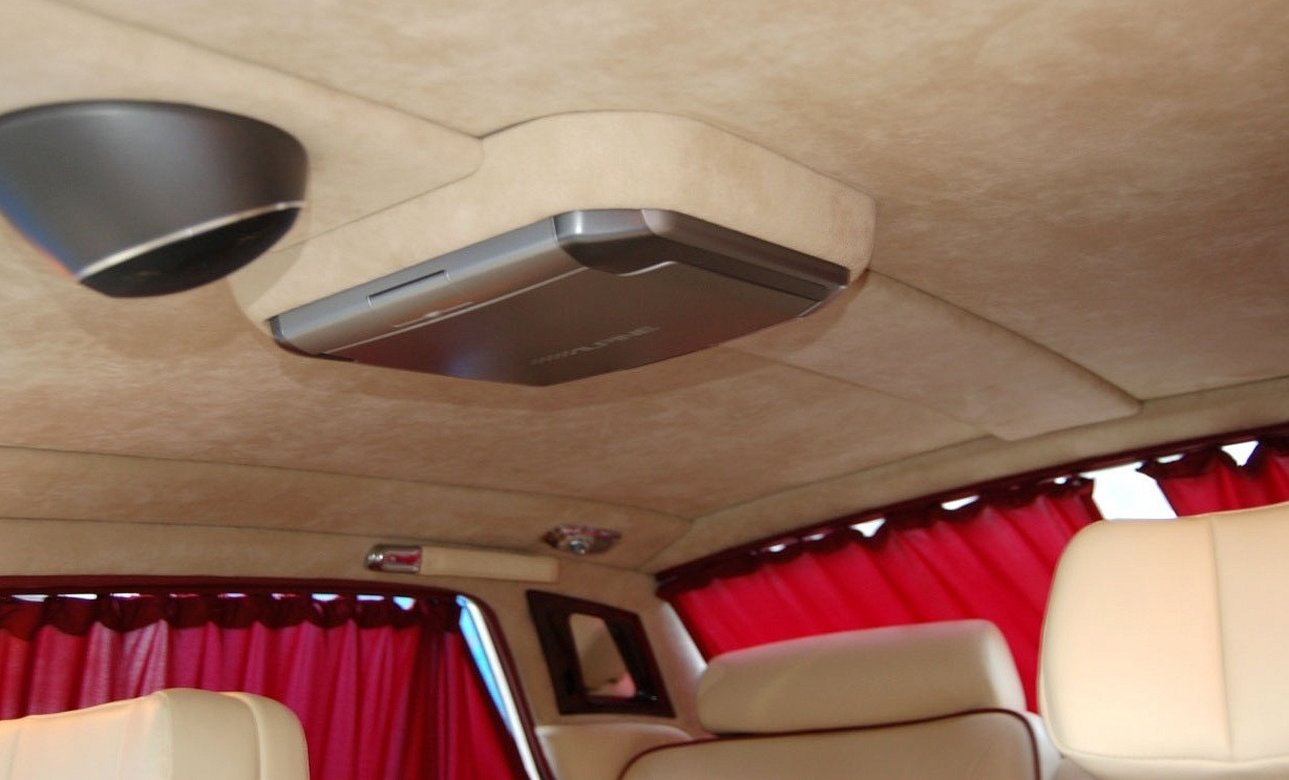
Selecting glue for work
Having chosen the right material for the ceiling covering in terms of type and budget, you can move on to the next important stage of work - choosing the glue. It is important to choose one that is non-toxic, able to firmly connect the elements together, and also does not leave streaks.
There are the following types of glue:
- Based on polychloroprene. Has a strong fixation, is durable and resistant to temperature changes.
Fig. 11 Polychloroprene based adhesive
- On polyurethane. Universal, durable, also widely used by craftsmen. However, it takes a long time to harden, which makes the pasting process too long.
- In aerosol form. Also used for covering ceilings, but have proven themselves best for covering dashboards, etc.
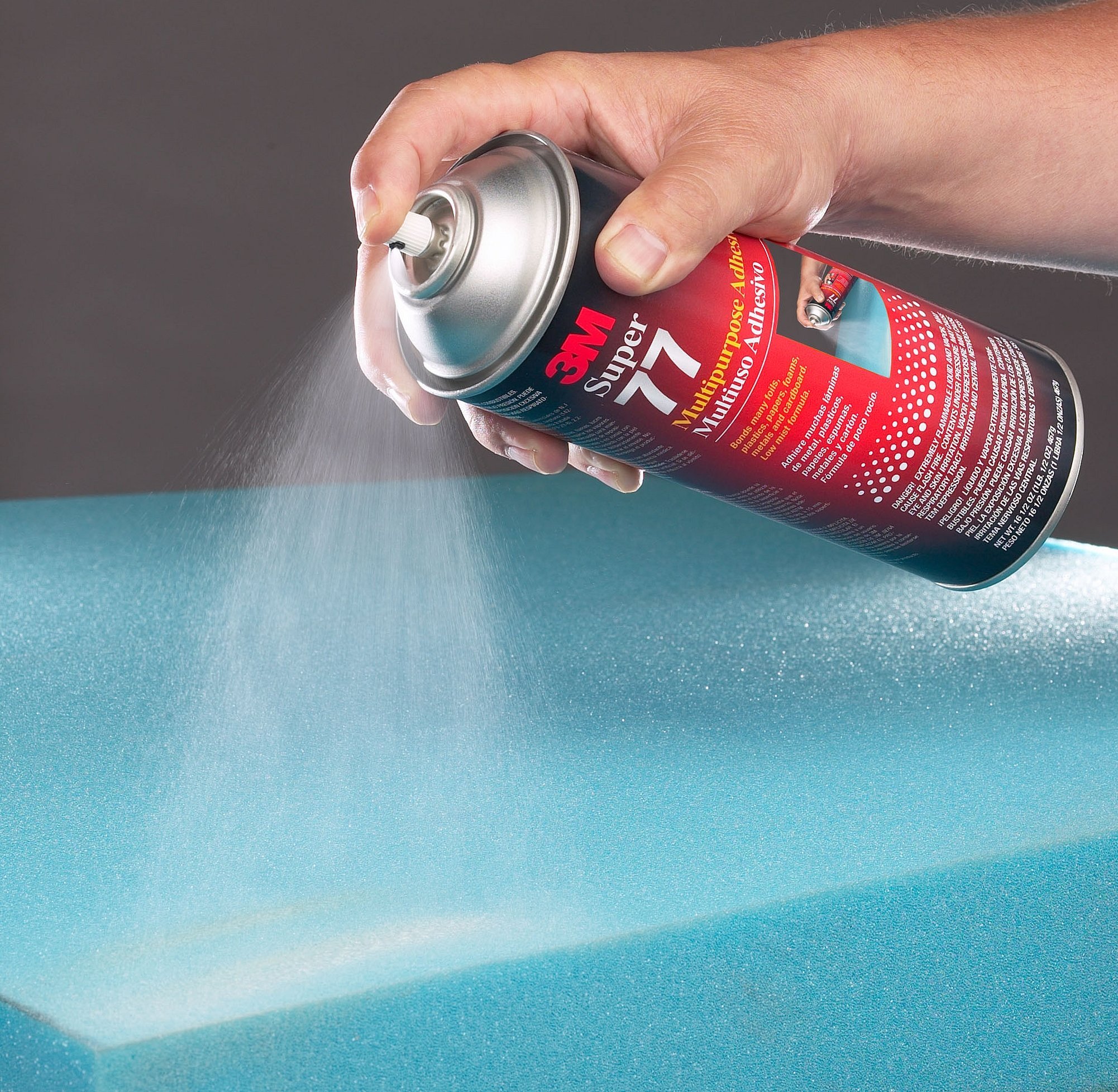
How to cover the ceiling of a car with your own hands
You need to re-upholster the ceiling yourself in a place where there is no draft or heat. At the preparatory stage, you will need a screwdriver and a knife.
First, unscrew the handles, visors, plastic caps, clamps and additional devices, and remove the old trim. In this case, it is advisable to remember the order of the process so that there are no difficulties when installing the parts in their original places when the car ceiling is covered.
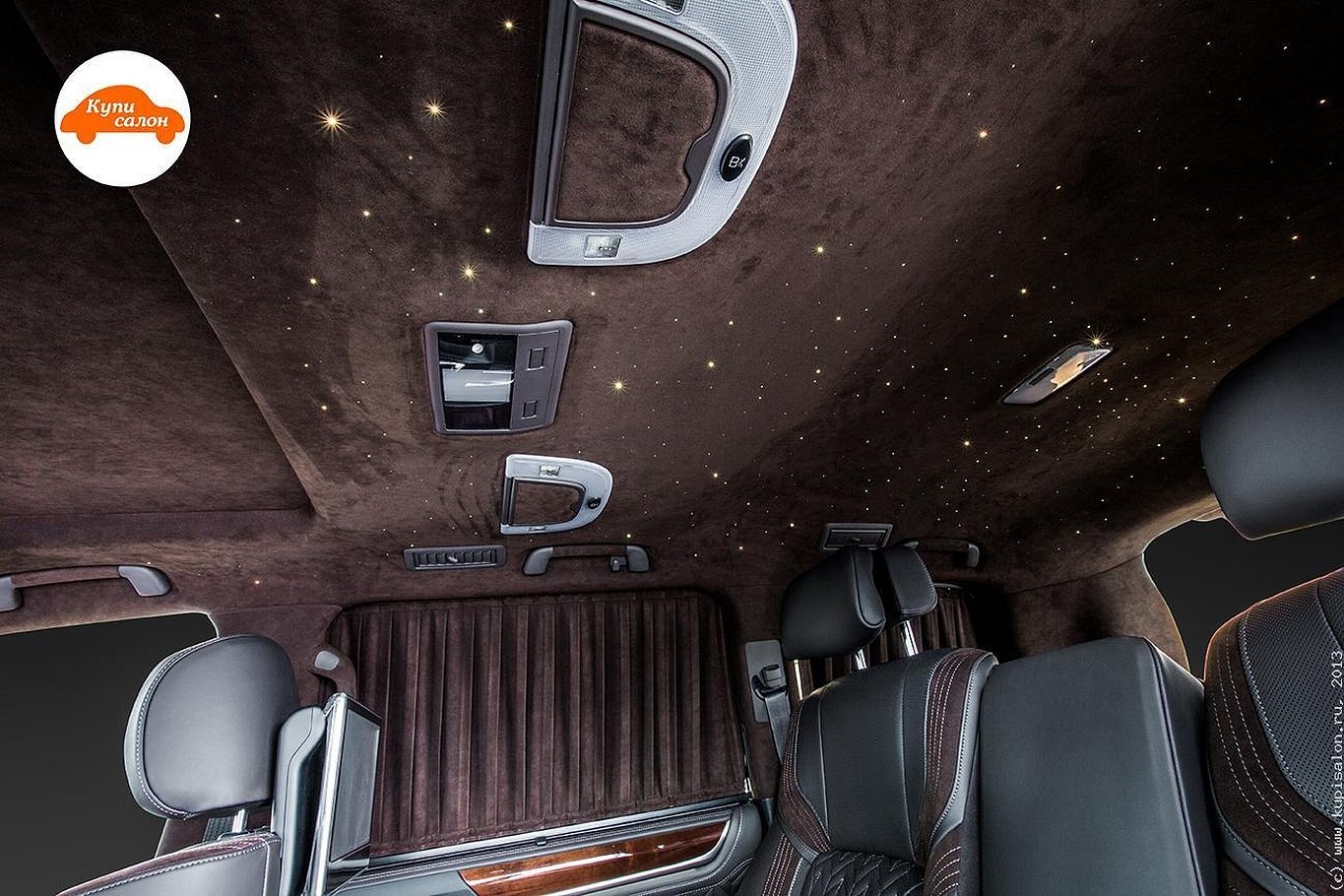
Important! The paneling should be installed on a large, convenient surface.
The stretching of the car interior ceiling should begin with the application of a thin layer of glue. First of all, the canvas is applied to the front part of the ceiling, then the rest is pulled over. Excess material should be cut with scissors and, bending, glued to the back part.
After this, all holes are cut out.

When the car ceiling is covered, it is allowed to dry for 3 hours. During this time, the process of tightening and gluing the fabric occurs. Afterwards, you need to carefully install the ceiling back in its place, screwing all the necessary parts.
The materials for decorating ceilings and interiors offered by the modern textile industry will satisfy the needs of the most demanding car owner.
https://www.youtube.com/watch?v=mkWE2S3ll-M



